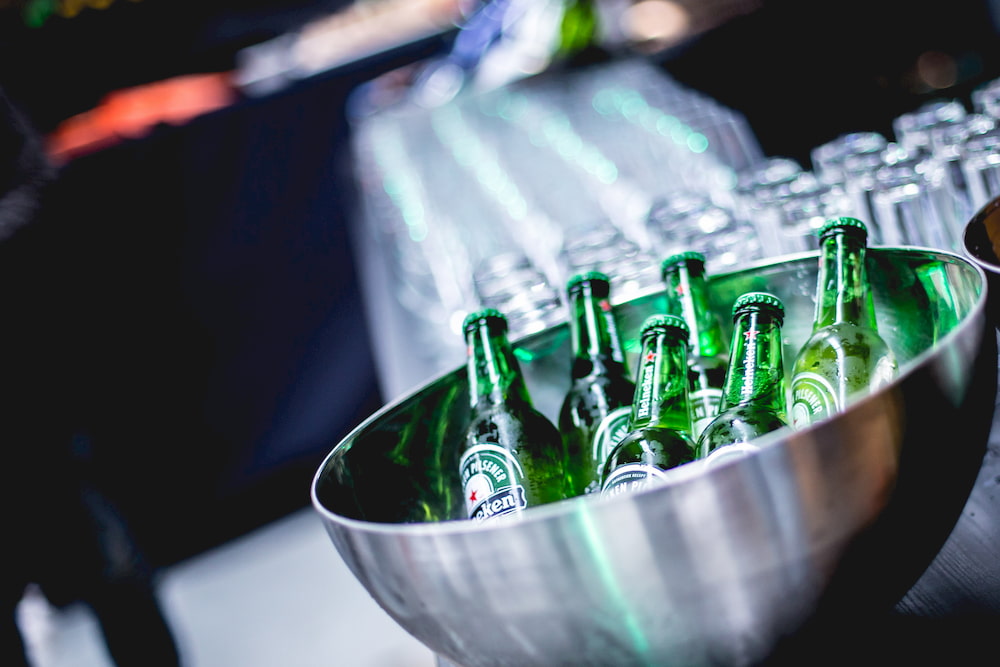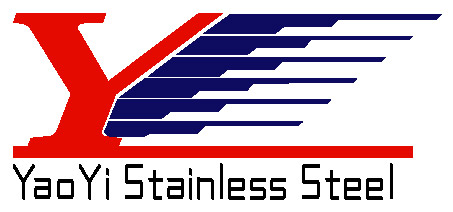
Food grade stainless steel refers to the part of food machinery that comes into contact with food and must meet certain food safety requirements. Because the food production process uses a lot of acid and alkali, and stainless steel contains chromium, unqualified stainless steel, will dissolve all kinds of chromium, toxic; and it is required to limit the content of various alloy impurity elements such as lead and cadmium.
The difference between food grade stainless steel and 304 stainless steel.what stainless steel is food grade?
When stainless steel products migrate in excess of heavy metals during use, they may endanger human health. Therefore, the production of stainless steel cookware requires a balance between corrosion protection and safety. If the content of nickel and chromium is high, the anti-corrosion function is enhanced, but the amount of nickel and chromium precipitated will also increase, which means the safety risk is increased.
With the increase of manganese content in stainless steel, it is accompanied by the loss of corrosion resistance and rust resistance of the cookware. Once the manganese content is high to a certain value, the product cannot be used as a cookware or a stainless steel cookware. But even such a high manganese content generally does not affect health.
The “lead” content of food grade stainless steel is much lower than that of ordinary stainless steel, and the anti-corrosion performance of the product is also increased. The requirement is: lead (in Pb), mg/L 4% acetic acid soaking solution ≤ 1.0 1.0. Cr count), ≤ 0.5 in mg/L 4% acetic acid soaking solution. Nickel (in terms of Ni), mg/L 4% acetic acid soaking solution ≤ 3.01.0. Tin (in terms of Sn), mg/L 4% acetic acid solution ≤ 0.02 0.02. Arsenic (as As), mg/L 4% acetic acid solution ≤ 0.04 0.04. Note: The soaking conditions are all boiled for 30 min, then room temperature for 24 h.
304 stainless steel is a very common stainless steel, also known as 18-8 stainless steel. Its corrosion resistance is better than 430 stainless steel, corrosion resistance, high temperature resistance, good processing performance, so it is widely used in industrial and furniture decoration industry and food medical industry, such as: some high-grade stainless steel tableware, bathroom kitchen utensils.
304 is a versatile stainless steel that is widely used to make equipment and parts that require good overall performance (corrosion resistance and formability). In order to maintain the corrosion resistance inherent in stainless steel, the steel must contain more than 17% chromium and more than 8% nickel.
Generally 304 stainless steel is not food grade, and the special processed food grade.
It is well known that stainless steel products related to “edible” must use 304, 316 stainless steel. 316 stainless steel is expensive and is used in high-end equipment such as aerospace and food machinery. The food grade stainless steel used in daily necessities is mostly 304 stainless steel, which has good acid and alkali resistance and strong corrosion resistance.
In comparison, 201, 202 stainless steel (commonly known as high manganese steel) is generally used in industrial products, not for tableware, because it:
- The nickel content is not up to standard, the acid and alkali resistance is poor, and it is easy to rust;
- Excessive manganese content, excessive intake of manganese in the human body can cause damage to the nervous system.

good stainless steel article online